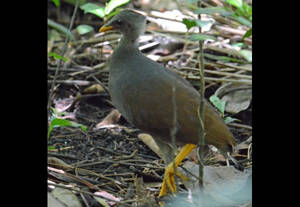
The Tongan Scrubfowl (Megapodius pritchardii) is an omnivorous bird that eats a variety of foods on the forest floor. Shy and mysterious, but can perch in small trees and fly short distances, not long distances. Good long race, fast speed is difficult to catch up. Like other megapods, they use tempe...

The Nicobar Scrubfowl (Megapodius nicobariensis) is a large and medium-sized bird with two subspecies.Nicobar megapods are omnivorous and eat a wide variety of foods on the forest floor. Shy and mysterious, but can perch in small trees and fly short distances, not long distances. Good long race, fas...
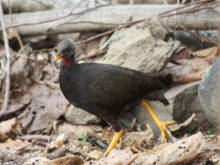
The Micronesian Scrubfowl (Megapodius laperouse) is a large and medium-sized bird with two subspecies.Micronesian megapods are omnivorous and eat a wide variety of foods on the forest floor. Shy and mysterious, but can perch in small trees and fly short distances, not long distances. Good long race,...
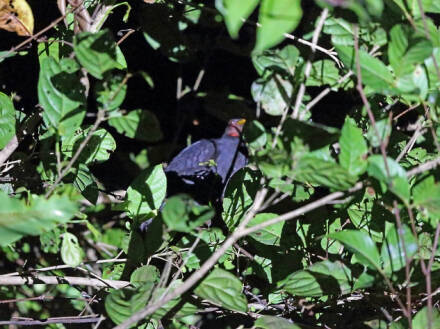
Biak Scrubfowl (Megapodius geelvinkianus).The diet of the megacan is mainly plant flowers, seeds, fruits, etc. The megapod has created a complete brooding system without having to incubate its own eggs directly. Laying eggs near a very hot volcano or uncooled lava; Some go to the beach to incubate t...
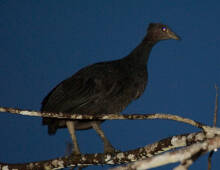
The common Megapodius freycinet, also known as Dusky Scrubfowl, is a species of megapod fowl in the family Megapodius.Common megapods eat mainly plant flowers, seeds, fruits, etc., but also invertebrates (reported to have snails and beetles in their stomachs). The breeding season is February-March o...
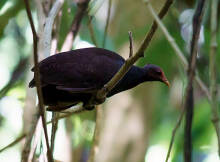
Melanesian Scrubfowl (Megapodius eremita).The diet of Melanesian megapods is mainly plant flowers, seeds, fruits, etc. The megapod has created a complete brooding system without having to incubate its own eggs directly. Laying eggs near a very hot volcano or uncooled lava; Some go to the beach to in...
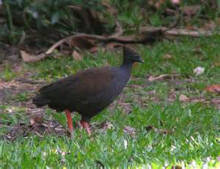
New Guinea Scrubfowl (Megapodius decollatus).The diet of New Guinea megapods is mainly plant flowers, seeds, fruits, etc. The megapod has created a complete brooding system without having to incubate its own eggs directly. Laying eggs near a very hot volcano or uncooled lava; Some go to the beach to...
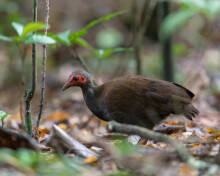
The Sula Scrubfowl (Megapodius bernsteinii) is a large terrestrial bird endemic to Indonesia.It is active at night, mainly at dawn and dusk. Temperament is withdrawn, often alone activity, even in breeding season is rarely paired activity. Weak in flight, but very good at running. Likes to make loud...
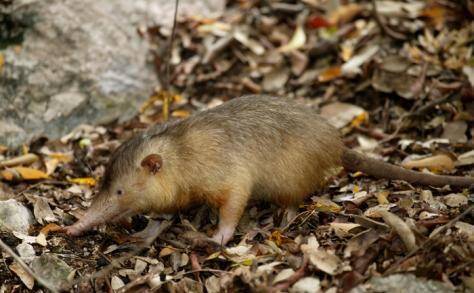
Solenodon marcanoi is a species of furrow toothed shrew. Nocturnal, living in caves. Sensitive sense of touch, use the sense of touch to feed, after finding prey quickly bite and inject venom, with this method can catch larger prey, but also eat plant food. They have long snout like shrews, which th...
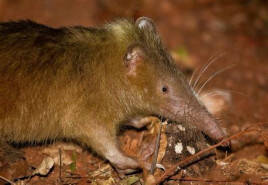
Solenodon paradoxus is a mammal that lives on the island of Hispaniola in the Caribbean (Dominican Republic and Haiti).The shrew spends most of its time above ground at night, but it also spends part of its time underground. They sleep in cracks in rocks, holes in trees, holes in the ground, or hole...
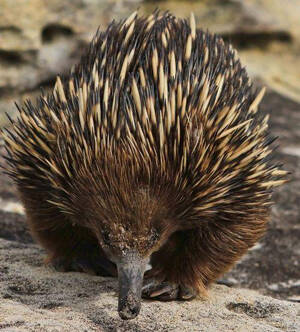
The Australian echidna Tachyglossus aculeatus is adapted to an ant-eating lifestyle and lives in rocky, sandy and scrub areas, living in crevasses and self-dug burrows. Come out at dusk and night. Powerful claws for digging. Usually on the ground activities, encounter danger, can quickly dig into th...
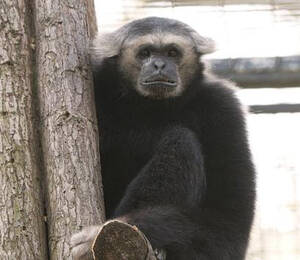
Pileated Gibbon (scientific name: Hylobates pileatus) is also known as Pileated Gibbon in English. It has no subspecies.Pileated gibbons usually form a family of 4, including an adult male and an adult female, and the rest are semi-adult and young gibbons, with an adult male serving as the leader. G...
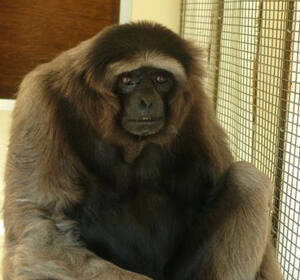
The gray gibbon (scientific name: Hylobates muelleri) is also known as Müller's Bornean Gibbon in English. It has three subspecies.A family of gray gibbons usually consists of 4 individuals, including an adult male and an adult female, and the rest are semi-adult and young gibbons, with an adul...
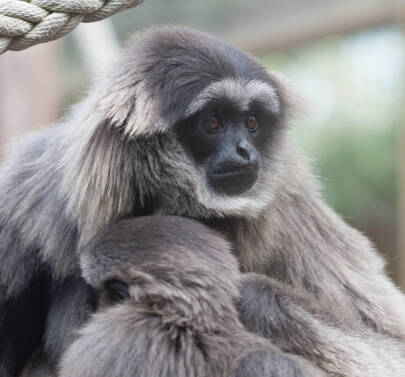
Silvery Javan Gibbon (scientific name: Hylobates moloch) is called Silvery Javan Gibbon in English. There are 2 subspecies.Silvery Javan Gibbon usually gathers in small groups of families, usually 4. Among them, there is an adult male and an adult female, and the rest are semi-adult and young gibbon...
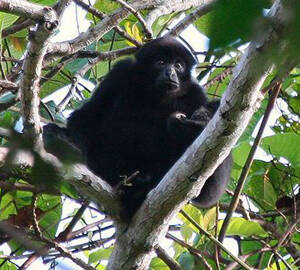
Kloss’s Gibbon (scientific name: Hylobates klossii) is also known as Kloss’s Gibbon in English. It has no subspecies.Clark's gibbons usually live in small groups of families, including one adult male and one adult female, and the rest are semi-adult and young gibbons, with an adult male servin...
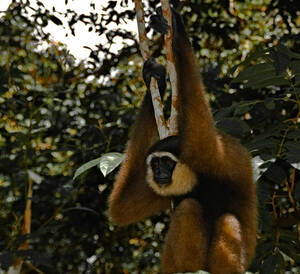
The white-bearded gibbon (scientific name: Hylobates albibarbis) was once a subspecies of the black-handed gibbon and was identified as an independent species in 2001.White-bearded gibbons usually form a family of 4, including an adult male and an adult female, and the rest are semi-adult and young...
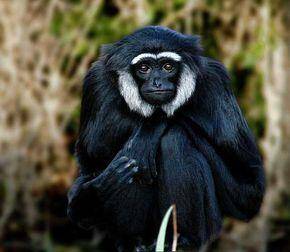
The black-handed gibbon (scientific name: Hylobates agilis) is also known as Agile Gibbon in English. It has two subspecies.Black-handed gibbons usually form a family of 4, including an adult male and an adult female, and the rest are semi-adult and young gibbons, with an adult male as the leader. G...

Purple-faced Langur (Trachypithecus vetulus) has four subspecies.Purple-faced Langurs form small groups ranging in size from 3 to 16. The average group size is 8.4, with 8-9 being the most common. This is a diurnal, wooded species that rarely moves on the ground and only stays on the ground for shor...